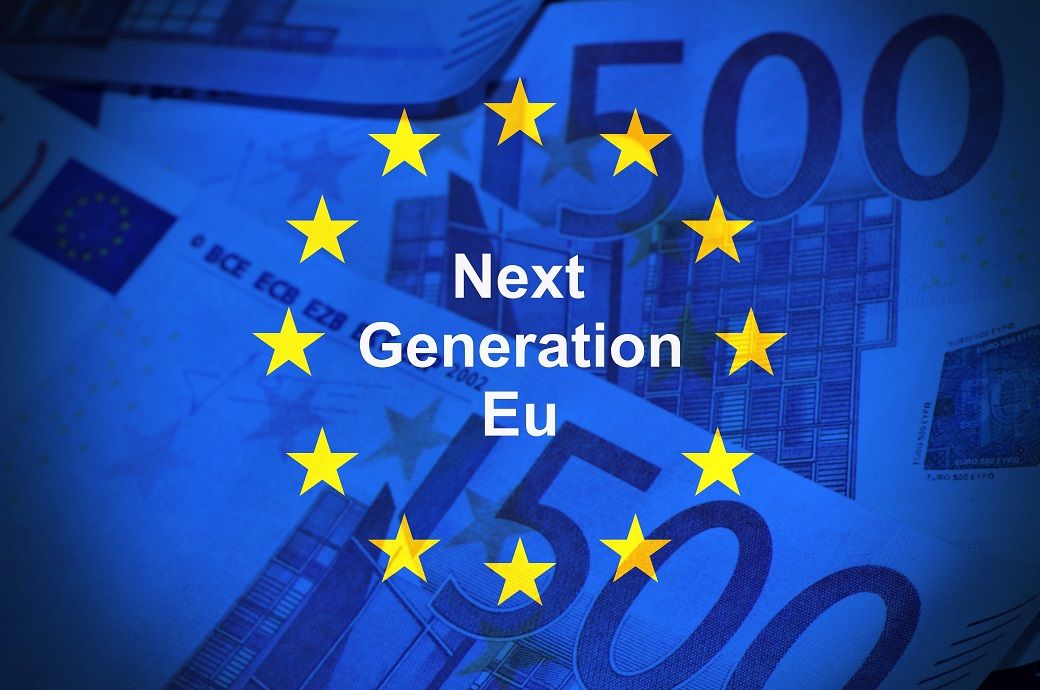
According to the report, the RRF has boosted public investment—which is expected to rise to 3.8 per cent of GDP in 2025, up from 3.2 per cent in 2019—by supporting initiatives such as the decarbonisation and digitalisation of industrial production and services. It has also helped deploy over 900,000 clean vehicle recharging stations and connect 16 million households to high-speed internet.
The facility has also supported a wide range of structural reforms, also aimed at boosting long-term growth and economic and social resilience. They include speeding up planning and permitting, digitalising public services, addressing labour market vulnerabilities or enhancing quality of education across member states.
The combination of reforms and investments has helped to maximise their impact and has led to improvements in public services and the business environment, as well as the quality of life for citizens in areas such as healthcare, education or infrastructure.
In addition to its positive impact on production and employment in each member state, the RRF generates strong spillover effects across borders. When demand rises in one member state, it fuels demand for imports from other member states, supporting growth and employment throughout the EU. All member states benefit, and for some, the overall economic impact is more than double the size of their national RRF envelope thanks to these cross-border spillovers. This reflects the deep economic integration within the EU.
Protecting the financial interests of the Union remains central in the RRF implementation. The commission continued to constructively engage with the European Court of Auditors (ECA) over the last year, swiftly acting on its recommendations. While conducting its own audits, the commission supported the ECA's scrutiny on all grant payments and several RRF-related performance audits. Drawing on its audit findings, the commission has strengthened audits and reinforced controls to ensure transparency and accountability.
The pace of implementation differs among member states. With the RRF coming to an end in 2026 (a total financial envelope of €650 billion), the commission urges them to accelerate the implementation of their Recovery and Resilience Plans (RRPs). Member states must meet all milestones and targets by August 31, 2026, with the commission making the final payments by December 31, 2026. In its June Communication NextGenerationEU – The Road to 2026, the commission provided guidance to support member states in planning ahead for the submission of the last payment requests in 2026, emphasising the importance of streamlining and simplifying RRPs. By ensuring that the measures in the plans are clear and implementable, member states can deliver on the agreed objectives without compromising on the plans' ambition. In this context, the commission is currently reviewing a number of payment requests and revised RRPs submitted by several member states.
ALCHEMPro News Desk (RR)
Receive daily prices and market insights straight to your inbox. Subscribe to AlchemPro Weekly!